Q1. Pipe A can fill 50% of a tank in 360 minutes and pipe B can fill ![]() of same tank in 480 minutes, while pipe C can empty the same tank in 600 minutes. If all three pipes are opened together, then find the time required to fill the tank (in minutes)?
of same tank in 480 minutes, while pipe C can empty the same tank in 600 minutes. If all three pipes are opened together, then find the time required to fill the tank (in minutes)?
(a) 3200
(b) 2400
(c) 2800
(d) 3600
(e) 4000

Q2.Tap A and B together can fill a tank in ![]() hours and Tap B alone can fill the tank in 32 h. If tap A has efficiency of 6 lit/minute, then find capacity of tank.
hours and Tap B alone can fill the tank in 32 h. If tap A has efficiency of 6 lit/minute, then find capacity of tank.
(a) 8314 lit
(b) 8640 lit
(c) 8040 lit
(d) 8140 lit
(e) 8240 lit

Q3. A cistern has two taps which fill it in 12 minutes and 15 minutes respectively. There is also a waste pipe in the cistern. When all the three are opened, the empty cistern is full in 20 minutes. How long will the waste pipe take to empty the full cistern?
(a) 10 min
(b) 12 min
(c) 15 min
(d) 14 min
(e) None of these

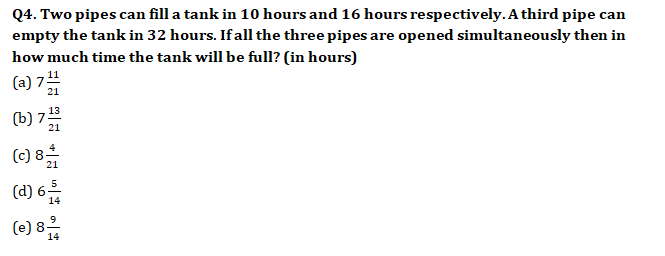

Q5. Pipe A and pipe B together can fill the tank in 12 minutes while pipe A, pipe B and pipe C together can fill the tank in 15 minutes and Pipe B and Pipe C together can fill the tank in 30 minutes. In how many time pipe A alone can fill the tank completely. (in minutes)
(a) 20
(b) 60
(c) 40
(d) 30
(e) 50

Q6. A leak in the bottom of a tank can empty the full tank in 20 hrs. If both inlet pipe and leak is opened, then the tank filled in 60 hrs. Find the capacity of tank if inlet pipe can fill at the rate of 4 ℓ per minute.
(a) 1800 ℓ
(b) 2400 ℓ
(c) 2700 ℓ
(d) 3600 ℓ
(e) 4500 ℓ

Q7. Tap X can fill a tank in 12 minutes and tap Y can fill the same tank is 15 minutes, another tap Z can empty the tank in 10 minutes. If tap X and tap Y are opened & after 6 minutes tap Z is also opened. Then find the total time taken to fill the tank ?
(a) 8 minutes
(b) 4 minutes
(c) 2 minutes
(d)12 minutes
(e)6 minutes
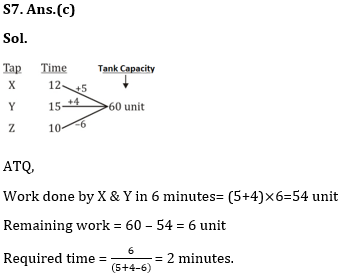
Q8. There pipes X, Y and Z can fill a tank in 12 minutes, 15 minutes and 18 minutes respectively. Only pipe Y is opened for the first 2.5 min. and then pipe Z is also opened. After 3.5 min. more pipe X is also opened. Find the approximate time taken to fill the tank?
(a) 6 min
(b) 8 min
(c) 10 min
(d) 5 min
(e) 7 min

Q9. Pipe P₁ can fill ⅗ th of the tank in 9 minutes. There are two more pipes P₂ and P₃, in which P₂ is 50% more efficient than P₁ and P₃ pipe is 5/9 th as efficient as P₂. Then calculate the time taken by all the three pipes to fill that tank when opened together ?
(a) 5 min
(b) 6 min
(c) 7 ½ min
(d) 3 ½ min
(e) 4 ½ min

Q10. A tank has four inlet pipes. Through the first three inlets pipes opened together, tank can be filled in 12 min and through the last three inlets, tank can be filled in 15 minutes and through the first and last inlets, tank can be filled in 24 minutes. Then find the time taken by last pipe to fill half of the tank?
(a) 80 min
(b) 60 min
(c) 40 min
(d) 20 min
(e) 30 min

Directions (11 -15): The following questions are accompanied by two statements (I) and (II). You have to determine which statements(s) is/are sufficient/necessary to answer the questions.
Q11 . If (X + 6) man work for seven days on work ‘A’ , what part of work will remain?
I . X man work for 12 days and remaining work complete by (X + 14) man in ![]() days.
days.
II . Ratio of work did by X man to (X + 14) man is 3 : 11.
(a) Statement (I) alone is sufficient to answer the question but statement (II) alone is not sufficient to answer the questions.
(b) Statement (II) alone is sufficient to answer the question but statement (I) alone is not sufficient to answer the question.
(c) Both the statements taken together are necessary to answer the questions, but neither of the statements alone is sufficient to answer the question.
(d) Either statement (I) or statement (II) by itself is sufficient to answer the question.
(e) Statements (I) and (II) taken together are not sufficient to answer the question.
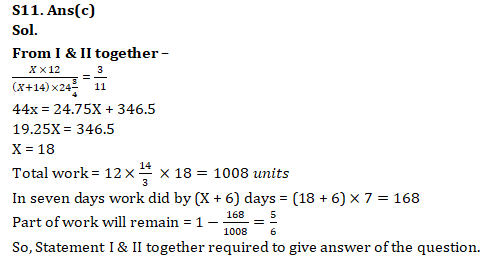
Q12. A bag contains some red balls , five green balls and 7 yellow balls. Find number of red balls in the bag.
I . If one ball drawn from the bag at random, then probability of being green is 5/16.
II . If one ball drawn from bag at random, then probability of being either red or yellow is 11/16.
(a) Statement (I) alone is sufficient to answer the question but statement (II) alone is not sufficient to answer the questions.
(b) Statement (II) alone is sufficient to answer the question but statement (I) alone is not sufficient to answer the question.
(c) Both the statements taken together are necessary to answer the questions, but neither of the statements alone is sufficient to answer the question.
(d) Either statement (I) or statement (II) by itself is sufficient to answer the question.
(e) Statements (I) and (II) taken together are not sufficient to answer the question.
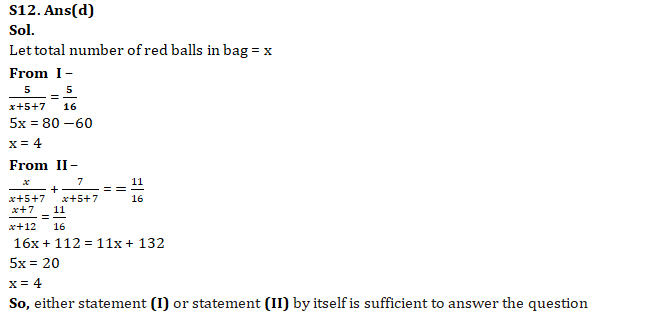
Q13. A shopkeeper bought a jeans at the price of ‘2x’. Find the profit of shopkeeper (In Rs.)
I . Shopkeeper sold jeans at 20% profit after allowing two successive discounts of 20% & 4% respectively and difference between marked price and cost price is Rs. 810.
II . Cost price of a shirt is 75% of cost price of jeans and the difference of CP of shirt and CP of jeans is Rs. 360. Shopkeeper marks up jeans by 56.25% and allows a discount of 23.2%.
(a) Statement (I) alone is sufficient to answer the question but statement (II) alone is not sufficient to answer the questions.
(b) Statement (II) alone is sufficient to answer the question but statement (I) alone is not sufficient to answer the question.
(c) Both the statements taken together are necessary to answer the questions, but neither of the statements alone is sufficient to answer the question.
(d) Either statement (I) or statement (II) by itself is sufficient to answer the question.
(e) Statements (I) and (II) taken together are not sufficient to answer the question.

Q14. What is annual salary of Anurag?
I. If Anurag deposited 45% of his monthly salary at the rate of 20% half yearly for one year at compound interest, then he will get an amount which is Rs. 88 less than his remaining monthly salary.
II. If Anurag divided 55% of his annual salary between his son & daughter in the ratio of 13 : 11, then difference between remaining annual salary of Anurag and share of his son will Rs. 29200.
(a) Statement (I) alone is sufficient to answer the question but statement (II) alone is not sufficient to answer the questions.
(b) Statement (II) alone is sufficient to answer the question but statement (I) alone is not sufficient to answer the question.
(c) Both the statements taken together are necessary to answer the questions, but neither of the statements alone is sufficient to answer the question.
(d) Either statement (I) or statement (II) by itself is sufficient to answer the question.
(e) Statements (I) and (II) taken together are not sufficient to answer the question.
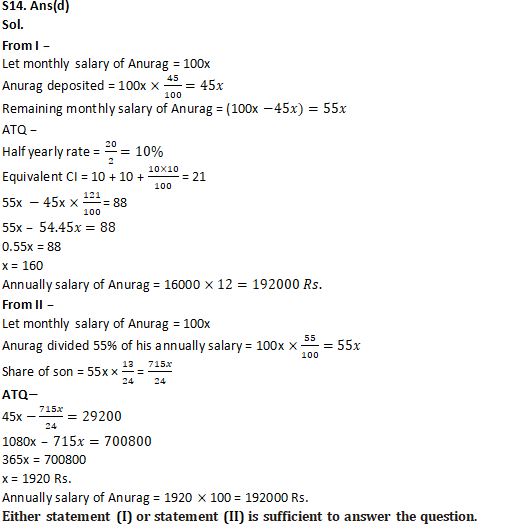
Q15. If longer train added three more compartment of 15 m each, then find in what time both trains cross each other running in opposite direction
I. Ratio between length of two trains is 4 : 5 and speed of longer trains & shorter train is 81 km/hr & 108 km/hr respectively.
II. Longer & shorter trains cross each other in 36 sec running in same direction.
(a) Statement (I) alone is sufficient to answer the question but statement (II) alone is not sufficient to answer the questions.
(b) Statement (II) alone is sufficient to answer the question but statement (I) alone is not sufficient to answer the question.
(c) Both the statements taken together are necessary to answer the questions, but neither of the statements alone is sufficient to answer the question.
(d) Either statement (I) or statement (II) by itself is sufficient to answer the question.
(e) Statements (I) and (II) taken together are not sufficient to answer the question.
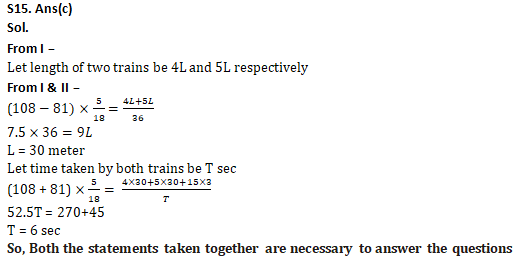
If you want to study Quantitative Aptitude for IBPS PO Prelims then you can also check out the video given below:
- Quantitative Aptitude Study Notes for Bank Exams
- Quantitative Aptitude Questions for all Competitive Exams

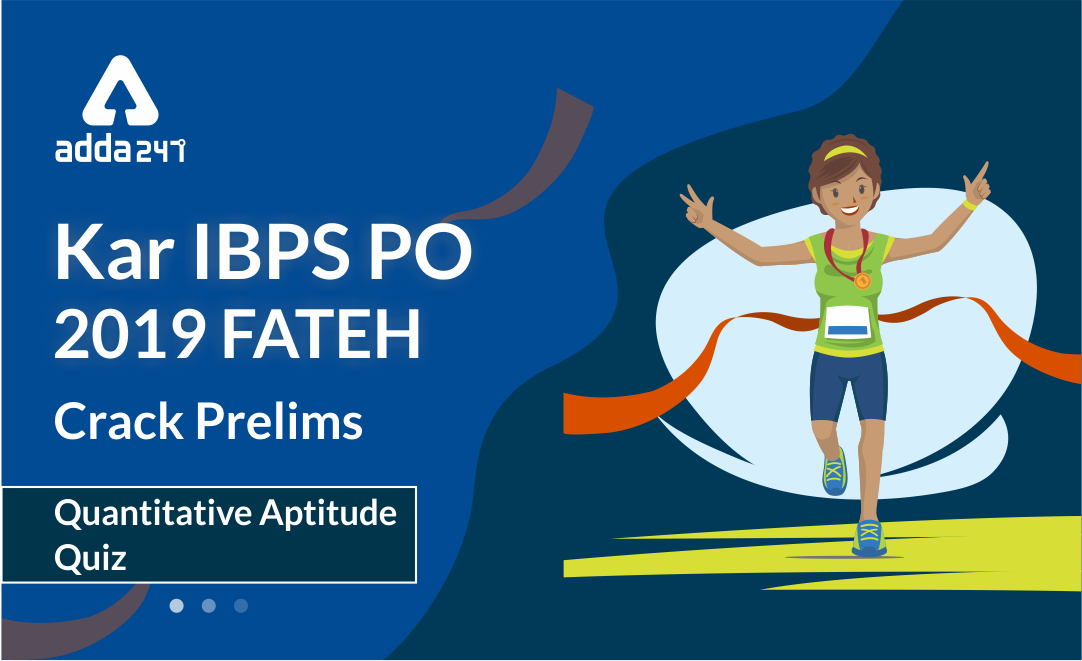
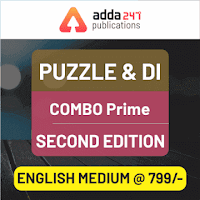


 GA Capsule for SBI Clerk Mains 2025, Dow...
GA Capsule for SBI Clerk Mains 2025, Dow...
 The Hindu Review October 2022: Download ...
The Hindu Review October 2022: Download ...
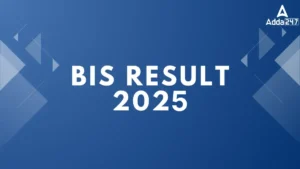 BIS Result 2024-25 Out for ASO, JSA and ...
BIS Result 2024-25 Out for ASO, JSA and ...





